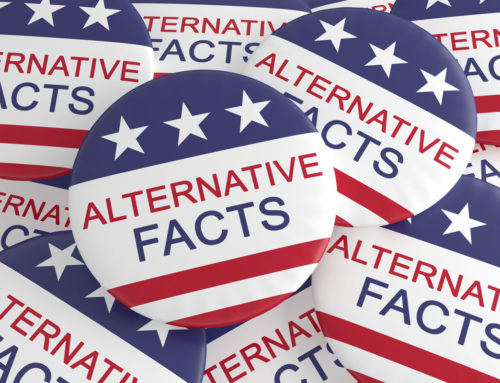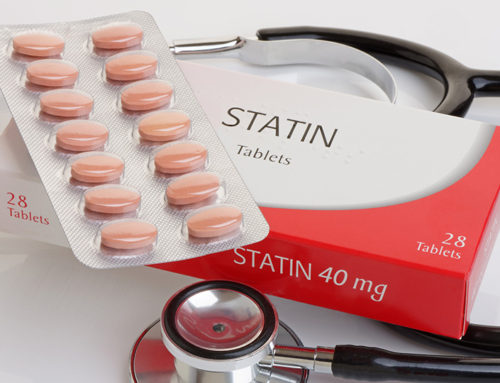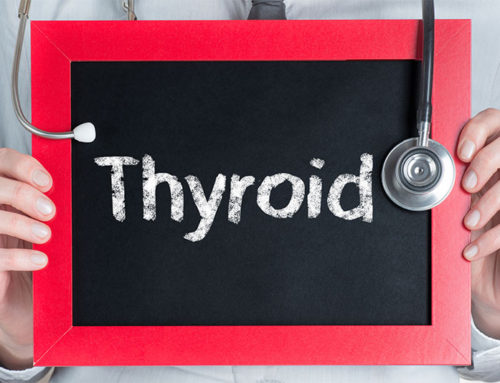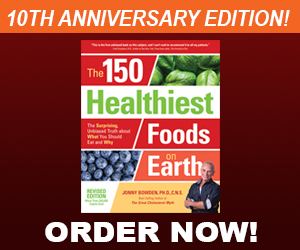The following is a guest post from health journalist Craig Weatherby, courtesy of our great friends at Vital Choice Wild Seafood. Thanks, Craig!
Soy Oil Mistaken as Healthful
Consumers believe soybean oil is healthful … a misapprehension rooted in general ignorance of a dire “omega-imbalance” in the standard American diet.
by Craig Weatherby
We’ve written many times about the unhealthful effects of imbalanced intakes of omega-3 and omega-6 fatty acids… a key feature of the standard American diet.
In short, Americans have raised their intake of omega-6 fatty acids radically … thanks to far greater use of vegetable oils in processed foods and in home, takeout, and restaurant foods.
Omega-6 fatty acids predominate in the most commonly used vegetable oils…corn, soy, safflower, cottonseed, and sunflower.
The only common exceptions are olive oil, macadamia nut oil, canola oil, and “hi-oleic” sunflower or safflower oils.
The available evidence indicates that people will thrive best – and reduce their risk of most major diseases – on diets providing about three parts omega-6 fats to one part omega-3 fats.
But Americans’ relative intakes of omega-6s to omega-3s shifted dramatically in favor of omega-6 fats over the past 100 years… a trend that accelerates sharply starting in the late 1960’s.
As a consequence, the average American’s diet now provides 20 or more parts omega-6s to one part omega-3s… a whopping seven times or more higher than the three-to-one intake ratio shown to deter major diseases and promote optimal health.
Dozens of human clinical and epidemiological studies – and many more cell and animal studies – link the omega-imbalance typical of most American’s diets to higher disease risks.
Last year, a team led by renowned National Institutes of Health psychiatrist and omega-3 expert Joseph Hibbeln, M.D., published a study revealed several disturbing trends:
- The estimated per capita consumption of soybean oil increased more than 1,000-fold throughout the 20th century.
- As a result, the amount of the omega-6 fatty acid called LA (mostly from vegetable oils) more than tripled, and the amount of omega-3 ALA (from soy and canola oils) doubled*.
- The total intake of omega-3 fatty acids increased slightly, mostly due to increased ALA intake.
- This huge increase in dietary omega-6 LA likely decreased Americans’ omega-3 EPA and DHA blood and cell levels over the 20th century.
Why would a big increase in omega-6 intake reduce Americans’ omega-3 EPA and DHA levels?
The body cannot use omega-3 ALA for the essential brain, metabolic, and immune functions performed by omega-3 EPA and DHA.
Humans convert just one to five percent of dietary omega-3 ALA into omega-3 EPA … a very small percent of which the body can convert to omega-3 DHA. (Pregnant women may convert as much as 10 percent of ALA to EPA.)
Those conversion rates are further reduced when the diet is high in omega-6 LA from vegetable oils … a perfect description of American eating patterns.
So it is dismaying to see these results from the 2012 Consumer Attitudes About Nutrition survey – an online poll of 1,000 adults conducted by the United Soybean Board:
- Almost half considered vegetable oil to be healthier after learning that most of it is made from soybeans.
- If vegetable oil were re-labeled to say 100% soybean oil, about one-third said they would be more likely to buy it.
- Four out of five consumers believe soy products are healthy overall, while more than a quarter report they consume soy foods or soy beverages at least once a week.
The report contains this true but highly misleading statement: “Soybean oil is one of the few non-fish sources of omega-3s, and is the principal source in the U.S. diet.”
But the omega-3 ALA in soy oil is not remotely equivalent to the omega-3 EPA and DHA in fish fat, and soy oil contains far more competing omega-6 LA than omega-3 ALA.
And as the study by Dr. Hibbeln’s team reveals, soy oil is anything but healthful in the context of American diets that already suffer from an extreme overload of omega-6 fatty acids.
The soy industry has done a great job of giving soy foods – soy milk, tofu, and fake meats made from highly processed soy protein – an overly healthful image, despite a notable lack of evidence.
Sadly, most people apply that unearned perception of healthfulness to soy oil… to the detriment of their health.
Fill your diet with plenty of life-sustaining omega-3s when you save 10% on your order of wild Alaskan salmon from Vital Choice Wild Seafood »














Leave A Comment